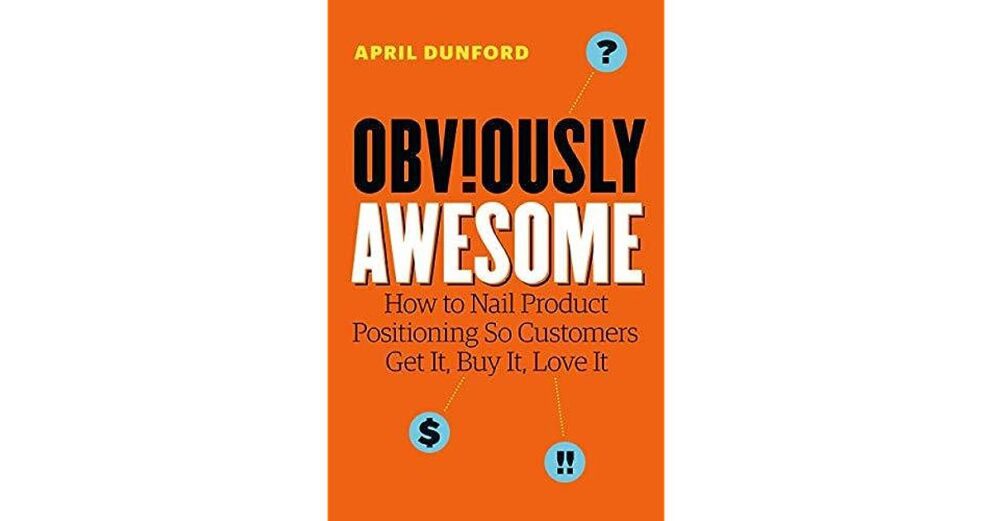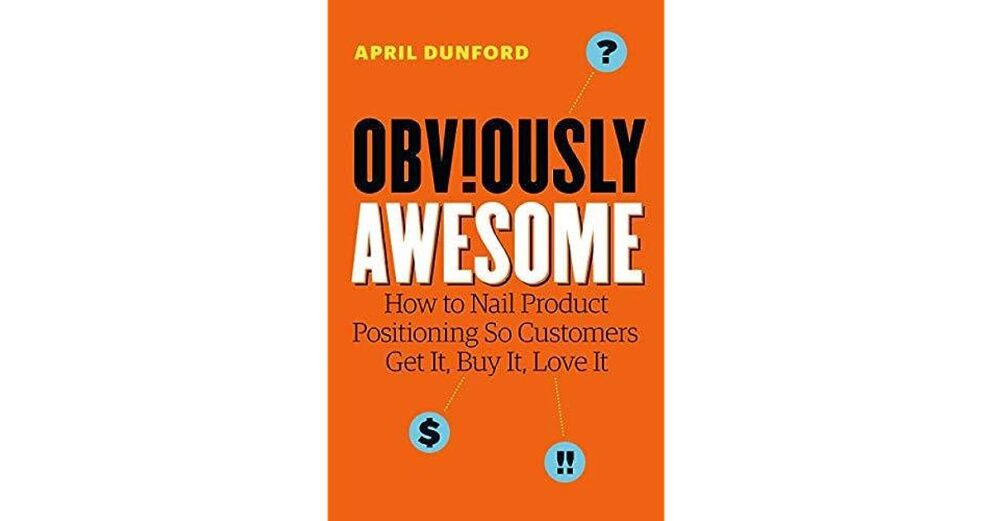10 Step Positioning Process: An “Obviously Awesome” Book Summary – Part 3
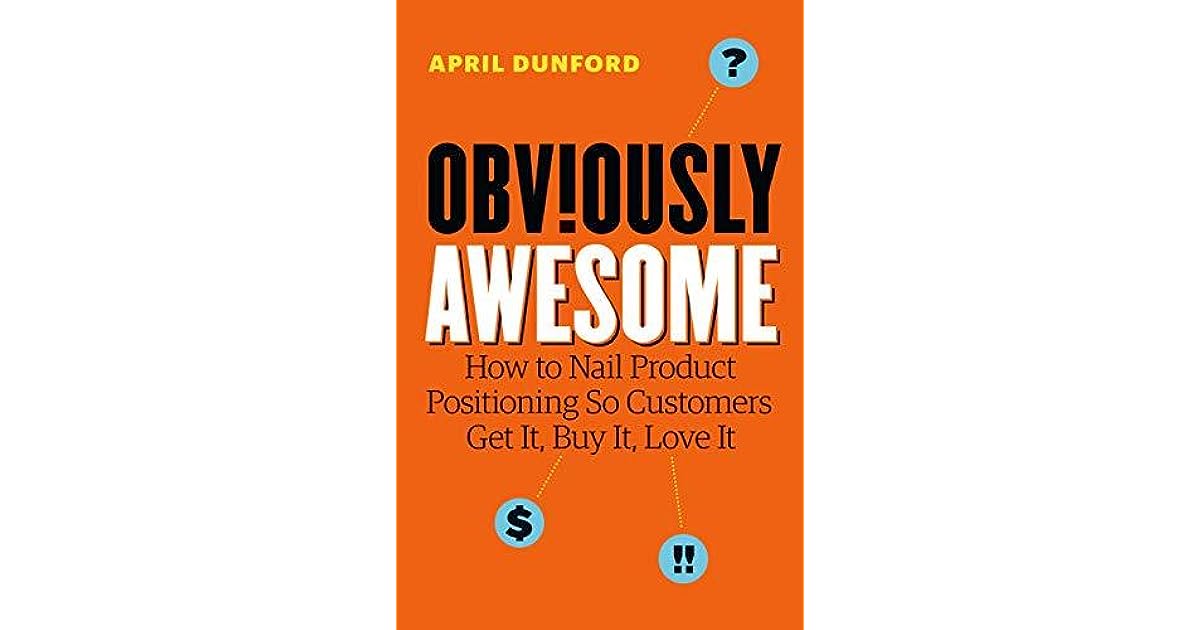
Summary
This is the third and final summary of April Dunford's "Obviously Awesome" book on positioning. In this summary, we go through Dunford's 10 step positioning process which will help you implement your new positioning statement and gain necessary buy-in from the other functional teams in your organization.
By Sarah Threet, Marketing Consultant at Heinz Marketing
You might think you know everything about positioning, but you probably don’t know everything about how to DO positioning.
For a myriad of marketing goals such as starting ABM, wanting to make better content, and growing revenue, the foundational input that we reference back to every time is positioning. Failure to position yourself correctly has costly results because you end up investing in a black hole rather than in your best fit.
This is the third and final book summary blog on Dunford’s “Obviously Awesome! How to Nail Product Positioning so Customers Get It, Buy It, Love It”. In this summary, I will highlight the 10 Step Positioning Process. I highly recommend reading Dunford’s book and to understand these points in detail; I will only be summarizing but Dunford has a great writing voice and uses fantastic examples to further illustrate these points.
Step 1. Understand the Customers Who Love Your Product
To win more buy-in to your product, you’re going to need to understand better what there is to love about your product – from the customer’s perspective. To get this perspective, a key recommendation is to provide a survey. However, if you survey all of your customer base, it might be difficult to find a pattern, as different demographics of customers are going to perceive different value from your product.
Whose opinion of your product matters the most? Best-fit customers are those who rave about you, refer you, and will be a reference for you. If you already know who these customers are, they are who we suggest you focus on surveying. If you can understand what they love about your product, they will be your easiest stream of growth.
This assumes that you already have a number of very happy customers to survey. If that’s not the case, you’re not yet ready to tighten positioning, and you need to continue testing for your best-fit. Dunford says to think of it has a fishing net. Maybe at first you think you’re going to catch groupers, but you instead pull a lot of tuna. You wouldn’t have been able to catch tuna had you started by positioning your “general fishing net” as a grouper net. Keep your positioning loose while you test and see who bites.
Step 2. Form a Positioning Team
A positioning process works best as a team effort, bringing in marketing, sales, and customer success, to gather all inputs of customer perception. Forming this team typically helps expose each team’s assumptions about your attributes, value, and target market. Remember, it’s a common problem that marketing, sales, and CS are not aligned, and this misalignment will hinder your revenue growth. You will want everyone’s perspective, engagement, and buy-in for your positioning and go-to-market strategy to work.
Positioning is intertwined with the overall business strategy and needs to be led by a business leader. That leader needs to gain buy in from every functional group’s leader. Frequently, marketing is the functional group that surfaces the need for positioning as they are the ones who feel the most pain from weak positioning, but they cannot “own” the positioning alone as it is a part of the overall business strategy.
This is how positioning impacts the functional groups:
Marketing: Messaging, targeting, and campaign planning to execution
Sales: Target customer segmentation and account strategy
Customer success: Onboarding and account expansion strategy
Product: roadmaps and prioritization
Step 3. Align Your Positioning Vocabulary and Let Go of Your Positioning Baggage
If you have always thought of your product in one way, as competing in a particular market, or solving a particular problem, then it can be hard to see it in any other light – we refer to this as positioning baggage (or even more broadly, tenured bias). It can be difficult to implement change with this perspective, and even more so when functional groups define the product and positioning differently.
Your positioning team will need to let go of positioning baggage because ultimately the market is going to change, and so will the perception of that market. Dunford uses a great example in her book about Arm & Hammer repositioning from baking soda to a deodorizing product.
Dunford recommends being conscious of the presence of your history in your current position. How has the market and the terminology you use changed since first conceptualizing your product? This awareness could open your mind to future repositioning.
Step 4. List Your True Competitive Alternatives
Customers don’t always see competitors the same way that we do, and it’s their perspective that matters most! The features of your product are only as unique and valuable as your customer perceives in relation to alternatives. And those alternatives aren’t always competitors!
Understand what a customer might replace you with so that you know how to categorize your solution. Very often, the alternative could be to “hire an intern”, “use excel”, or any other “business as usual” excuse. This is common because, as you may know yourself, change is hard, and adopting a new product means switching costs.
Step 5. Isolate Your Unique Attributes and Features
Once you have a list of competitive alternatives, the next step is to isolate what makes you different and better than those alternatives. Start by listing every different attribute you can think of – even if you think it could be perceived as negative or if you are uncertain of the value it holds.
For every attribute you will need proof, even for things that seem nebulous. Your opinion of your own strength is irrelevant without proof. Third-party validation is always an excellent way to have proof should you have something less quantifiable (plus, referrals and recommendations are strongly preferred by many prospects).
Step 6. Match the Attributes to Value Themes
Attributes (features) are a starting point, but customers care more about what those features can DO for them. Features enable benefits which can be translated into value for customers. Features can have multiple value points, and a combination of features can equate a value too.
Dunford includes the following table, which I am a big fan of. It helps to map the benefit of a feature to a goal that the customer is trying to achieve.
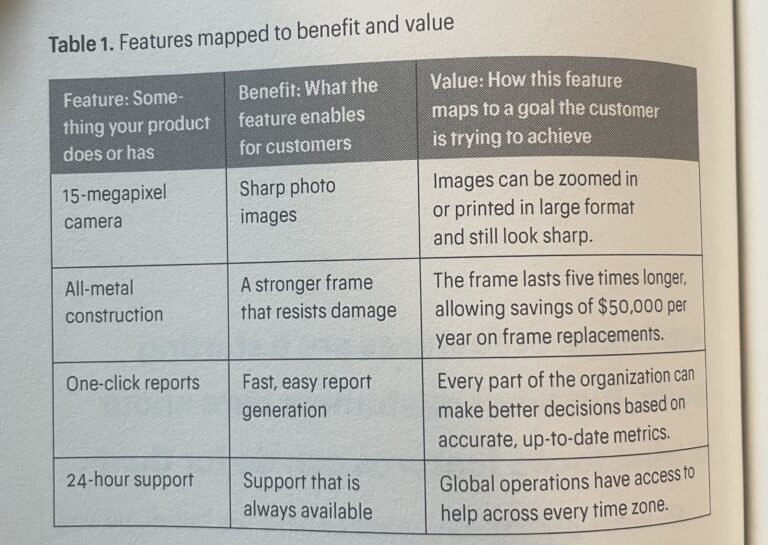
You should begin to see a handful of themes emerge from your list. To begin grouping these points of value into themes, you’ll need to consider it from the perspective of your prospect. The goal of this exercise is to group similar value points into a limited list of value clusters. Again, we want to focus on the most critical things that our best-fit customers love.
Step 7. Determine Who Cares a Lot
Remember that just because you have several unique attributes that deliver value, not all customers are going to care about that value in the same way. Marketers usually refer to this as “segmentation”, a concept that Dunford criticizes is also widely misunderstood, like positioning. She argues that useful segmentation needs to go beyond demographics and firmographics.
Dunford focuses again on the best-fit prospect. Unless your business objectives require more revenue from more customers than are just in your best-fit category, it’s ideal not to make your positioning too broad, as you’d be spending money trying to make “just ok” customers happy, when you could be retaining your “brand evangelists” and fine-tuning your product.
Step 8. Find a Market Frame of Reference That Puts Your Strengths at the Center and Determine How to Position It.
You want to make your value obvious to those who are going to care most about it; picking a market that does this is harder than you may think. Additionally, offerings and markets evolve, and the perspective of prospects may evolve too. By choosing to positon within a certain market, you’re providing contextual clues to your prospects on how they should perceive the product, but how that prospect perceives the market could be different from you.
Dunford recommends:
- Use abductive reasoning
- Examine adjacent, growing markets
- Ask your customers (with caution and understanding of their own bias)
There are different approaches for isolating, targeting, and winning a market:
- Head-to-head: positioning to win an existing market
- Big fish, small pond: positioning to win a subsegment of an existing market
- Create a new game: positioning to win a market that you create
Dunford goes further into detail about these approaches, the advantages and disadvantages, and when to use them – If anything, I could write a whole new blog on just this step, but I recommend reading her book.
Step 9. Layer on a Trend (Carefully)
Once you’ve developed your market context, you might consider layering on a trend. This is optional, but can be powerful, if done with caution. Once again, I could write an entire blog just on this topic, but the big takeaway is that the trend should reinforce your positioning, not muddy it.
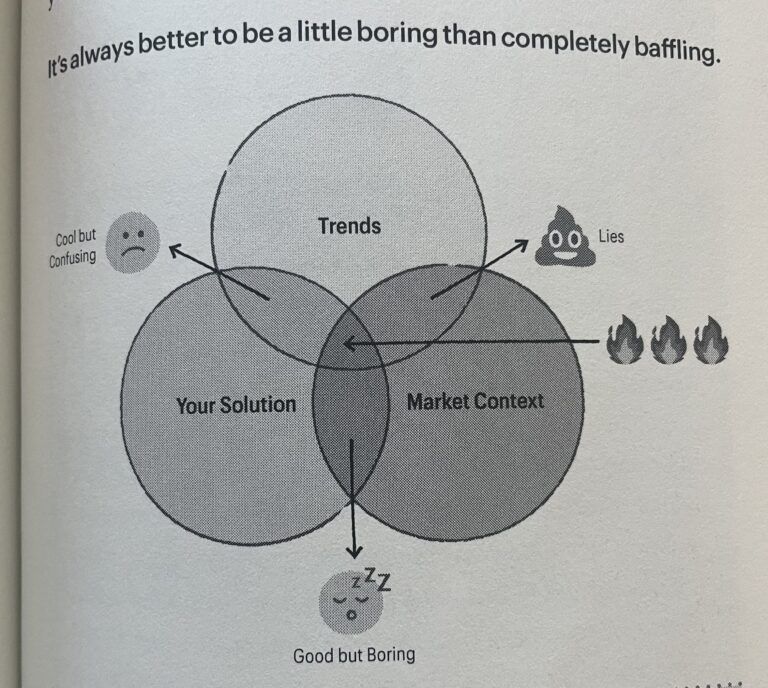
A couple of important points to consider when deciding if a current trend aligns with your positioning:
- Describing a trend without declaring a market can make your product cool, but confusing.
- Trends should only be used when there is a clear link to your product. Make the connection between the trend and your market obvious.
Step 10. Capture Your Positioning so It Can Be Shared
Rounding back to the topic of buy-in: positioning does not stop after conception – it requires adoption from everyone in the company. The frequent complaint about positioning statements is that they are too loose, contrived, awkward, and can be difficult to memorize.
The key is to capture the positioning in a documented manner that details every component of the position, breaking it down for marketing, sales, and product, showing how every component interacts with one another.
Here is the template that Dunford shares in her book, and you can download it for use on her website at AprilDunford.com
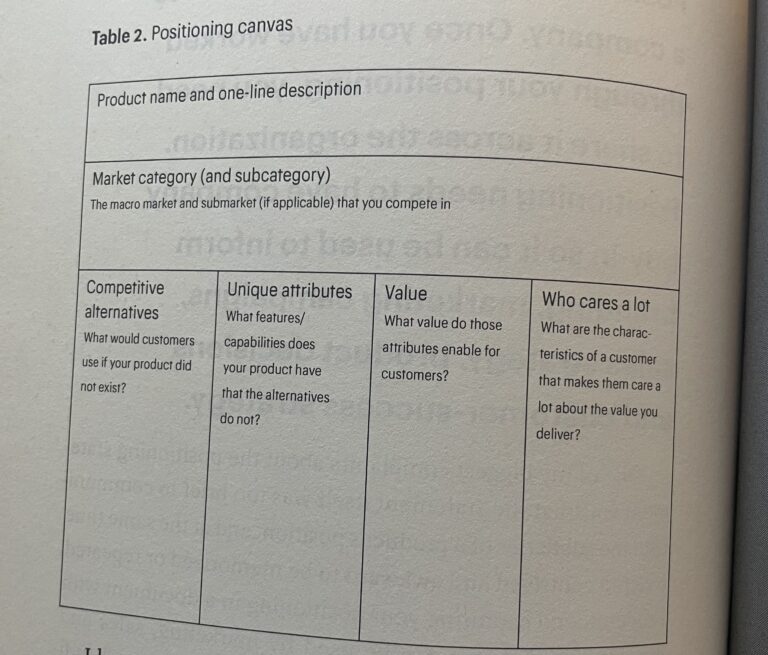
As for putting it all into play and getting those nitty-gritty details, and hilarious story examples, I highly recommend Dunford’s book. It’s the best of what I have personally seen as far as laying the ground for how to view your positioning and then HOW to implement and iterate upon it.

